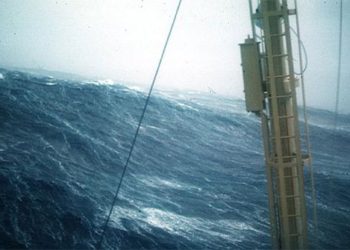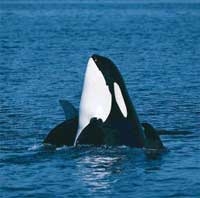The discovery of interspecies DNA in Atlantic blue whales raises new questions about genetics and species relationships in the marine environment.
According to Live Science, this finding suggests a population of hybrid blue whales between two species, which may be quietly “increasing their numbers” in the Atlantic.

Blue Whale – (Photo: Gerard Soury).
The blue whale (Balaenoptera musculus) is the largest animal ever, reaching lengths of up to 34 meters.
The blue whale population drastically declined in the early 20th century due to high levels of commercial whaling, leading to its placement on the International Red List as an endangered species.
However, it seems they are finding a new way to weave into the ocean’s tree of life: hybrid mating.
According to a study published in the journal Conservation Genetics, researchers analyzed the genomes of Atlantic blue whales with the initial goal of identifying signs of inbreeding, which could hinder population recovery.
They were completely surprised to find that the sampled whales contained an average of 3.5% DNA from the fin whale (Balaenoptera physalus), a species that is slightly smaller.
Hybrid offspring between these two species had been previously documented, but researchers assumed they were infertile.
The new discovery indicates that not only are they fertile, but they may also have high reproductive capabilities, continuing to mate with each other or with “pure” blue whales.
“The level of interspecies gene flow we found is quite surprising,” said ecological geneticist Mark Engstrom from the University of Toronto (Canada).
This gene flow occurs in only one direction, meaning there is no DNA from blue whales entering fin whales, possibly due to the larger population of fin whales.
According to Dr. Engstrom, this is good news because it means the blue whale population has a chance to recover thanks to this genetic diversity, which helps them avoid inbreeding, reproduce better, and cope with environmental challenges more effectively.





















































